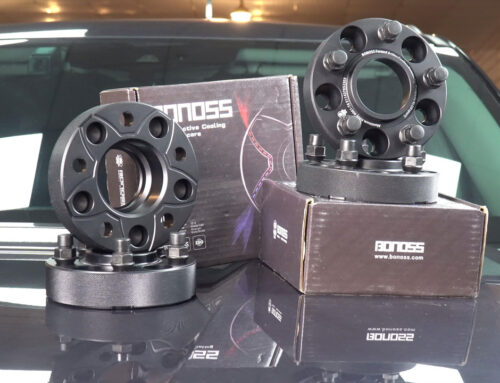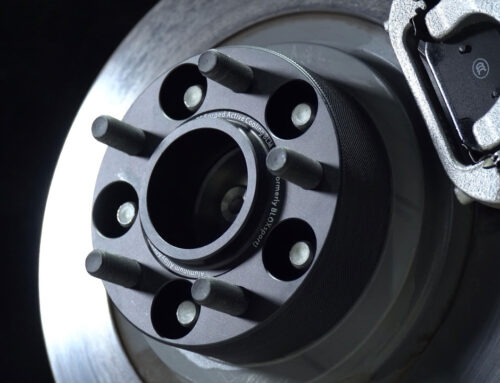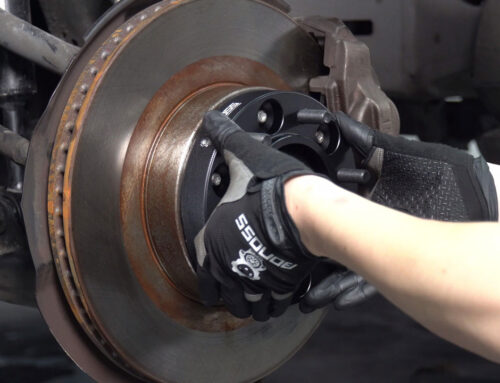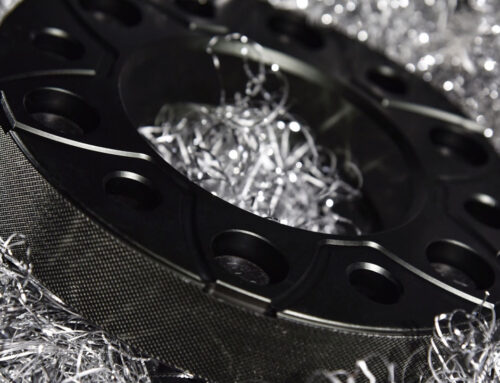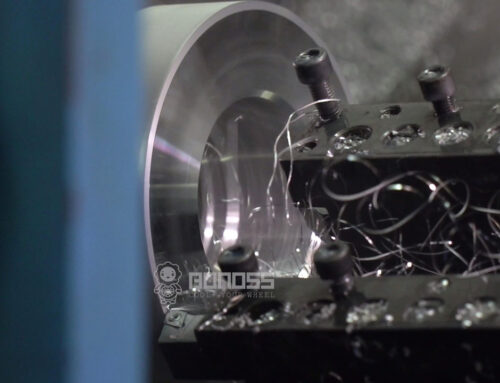Wheel spacers safety become an increasingly popular topic when talking about a wheel spacer mod. As long as you use high-quality spacers and install them correctly to prevent lugs flexing and loss of clamp force, wheel spacers are very safe for both daily driving and track duty. Many car owners would like to install wheel spacers for a more stable corner and a more aggressive stance or to make wheels fit bigger brake calipers and correct the wrong offset. Since the wheels are the parts that bear the most stress (wear and tear) along with the bottom bracket, the quality of spacers will be extremely important.
Use High-quality Products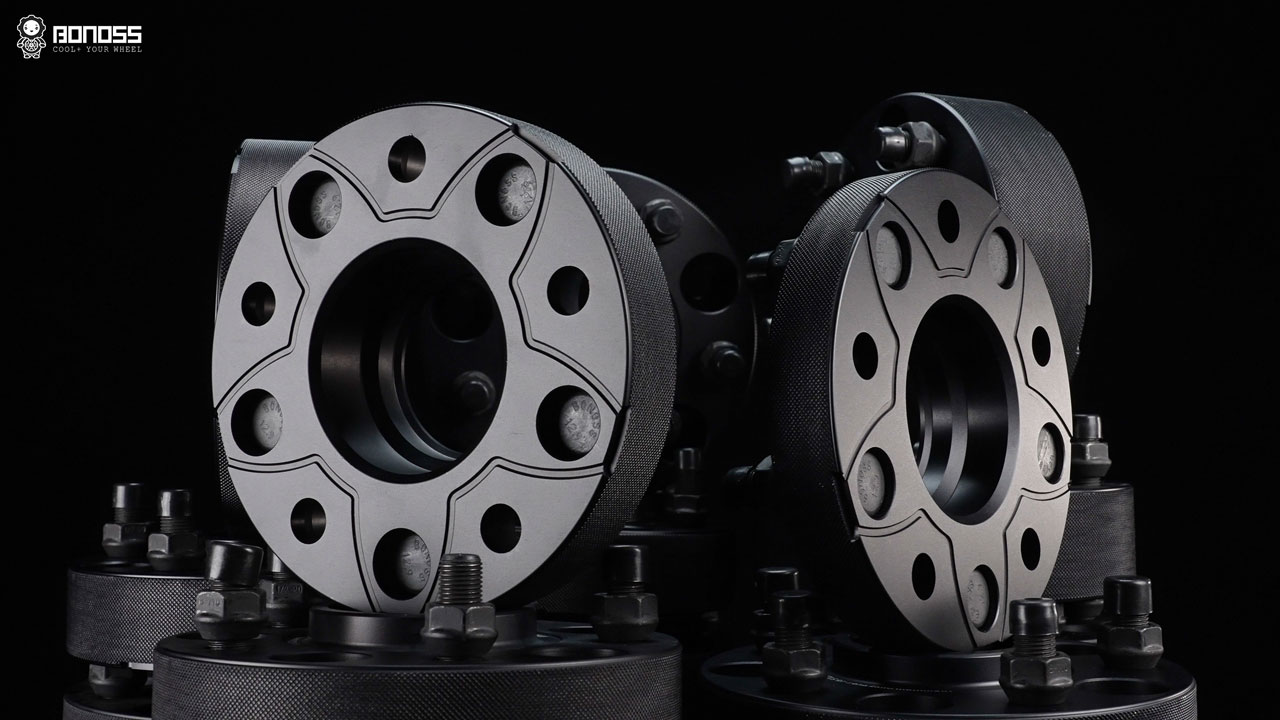
Quality is a crucial part of wheel spacers safety. This is why BONOSS only uses the highest quality materials. BONOSS wheel spacers are made of high-grade forged 6061-T6 or 7075-T6 billet aluminum alloy that is as strong as aviation aircraft. They are made with modern CNC machinery with an accuracy of 0.02mm tolerance, which offers an excellent surface quality and a smooth installation experience. Not just the spacers themselves, but the lug studs or extended bolts too. The wheel lugs apply a clamping force to secure the spacer and wheel to the vehicle hub. So, make sure you have equal or stronger lug studs or bolts than OEM studs or bolts that they can lock everything in the right place. The matching wheel studs of BONOSS wheel spacers applied high-strength JIS SCM440 steel material. They are ISO Standard Grade 12.9 approved (most OEM studs or bolts are grade 10.9), which showcase good ductility and high-temperature stress resistance, structural stability, wear-resistance, excellent toughness, impact resistance, and more advantages.
Use the Proper Amount of Spacers
Pushing the wheels outwards to an ideal position increases the distance between the left and right wheels. A wider wheel track offers better traction, leading to more stability and better handling performance, but don’t go overboard here. We recommend you do the necessary groundwork to measure and determine what size you will ultimately need as every vehicle are different and may require different sized spacers. The normal method is that: use a straight edge such as a metal ruler, place the straight edge on the outermost part of the rims where the wheel comes closest to the fender (preferably the top), then, measure from the outside wheel to the straight edge. This distance is the size spacer you will need to achieve the look that flushes or nearly flushes with the fender. Too thin, you will still have wheel/caliper interference. Too thick, and your tires will hit the fenders. Use proper size of spacers not only ensure safety but also avoid breaking your local laws and regulations.
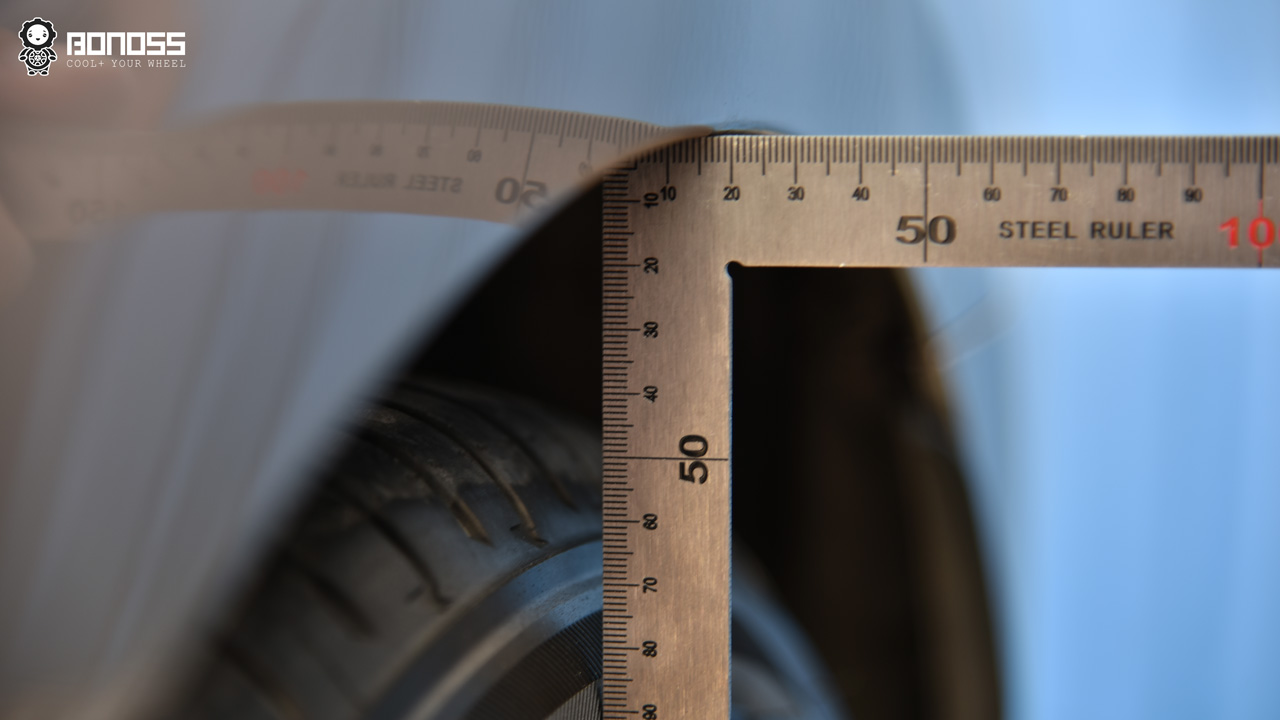
Use Hub-centric Wheel Spacers
Most of the disadvantages that people associate with wheel spacers are actually blamed to lug centric spacers. Due to non-hub centric design, there is a certain gap between the axle hub and the wheel, which means that the wheel is centered by the lug studs rather than by the vehicle hub. You will notice vibrations coming from your steering wheel which could very well impact your driving ability. In contrast, hub-centric spacers offer a better system of support and stability. They are designed to make a snug connection between the wheel and vehicle hub, ensuring the hub carries the weight of the car instead of the studs or bolts. This allows the wheels are truly central to the vehicle hub, meaning no high-speed vibrations through the wheels. If you install aftermarket wheels, you need to remember that their center bore is usually bigger than your OEM wheels. Make sure the spacers are hub centric to your hub size as well as the aftermarket wheel size. Then your aftermarket wheels and spacers mod will be very safe.
Inspect Regularly
It is always a great idea to regularly inspect the tightness of the lug nuts, especially soon after installation. Give the spacers another check after 100 miles of driving to make sure they’re still in place well and the lug nuts are tight. If the spacers go bad for any reason, they will crack before they fail entirely. However, if you inspect them after hard use (racing events, off-road, etc.) or just daily rotate your wheels, you can avoid these issues before they happen and keep safe driving.

